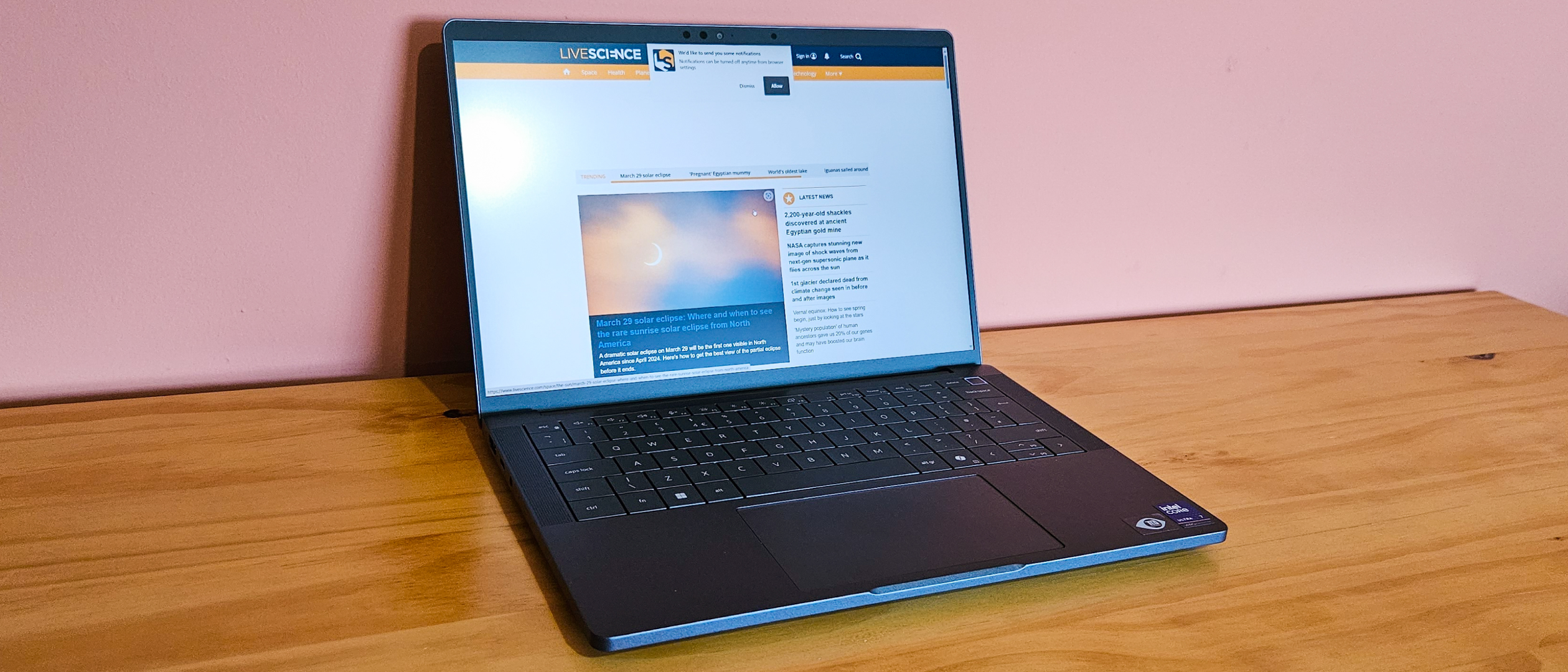Live Science Verdict
With stonking battery life and high-performing components fitted inside a drab but robust shell, the Dell Pro 13 Premium is a great laptop to work with on the move.
Pros
- +
Extremely light and compact
- +
Plenty of ports
- +
Outstanding battery life
Cons
- -
Bland, corporate feel
- -
Screen is underwhelming
- -
Very expensive
Why you can trust Live Science
CPU: Intel Core Ultra 7 256V (8 cores)
RAM: 32 GB LPDDR5X
GPU: Intel Arc Graphics
Storage: 1 TB SSD
Display: 13.3-inch IPS HDR
Weight: 2.36 lbs (1.07 kg)
Dimensions (in): 11.64 x 8.23 x 0.7
Dimensions (mm): 295.7 x 209 x 16.6
Dell has relaunched its entire portfolio of laptops, with the Dell Pro 13 Premium one of the first off the blocks. This new machine is in many ways the spiritual successor to the Dell XPS, although in truth it seems nothing like it at first glance. Its chassis appears a little like a MacBook crossed with older enterprise-focused machines — and it certainly doesn’t create a modern or slick first impression.
But looks aren't everything, and this machine is an extremely compact and lightweight option with plenty packed under the hood, alongside offering some great connectivity options — making it a worthwhile laptop for coding and programming while on the move.
Dell Pro 13 Premium review
Dell Pro 13 Premium: Design
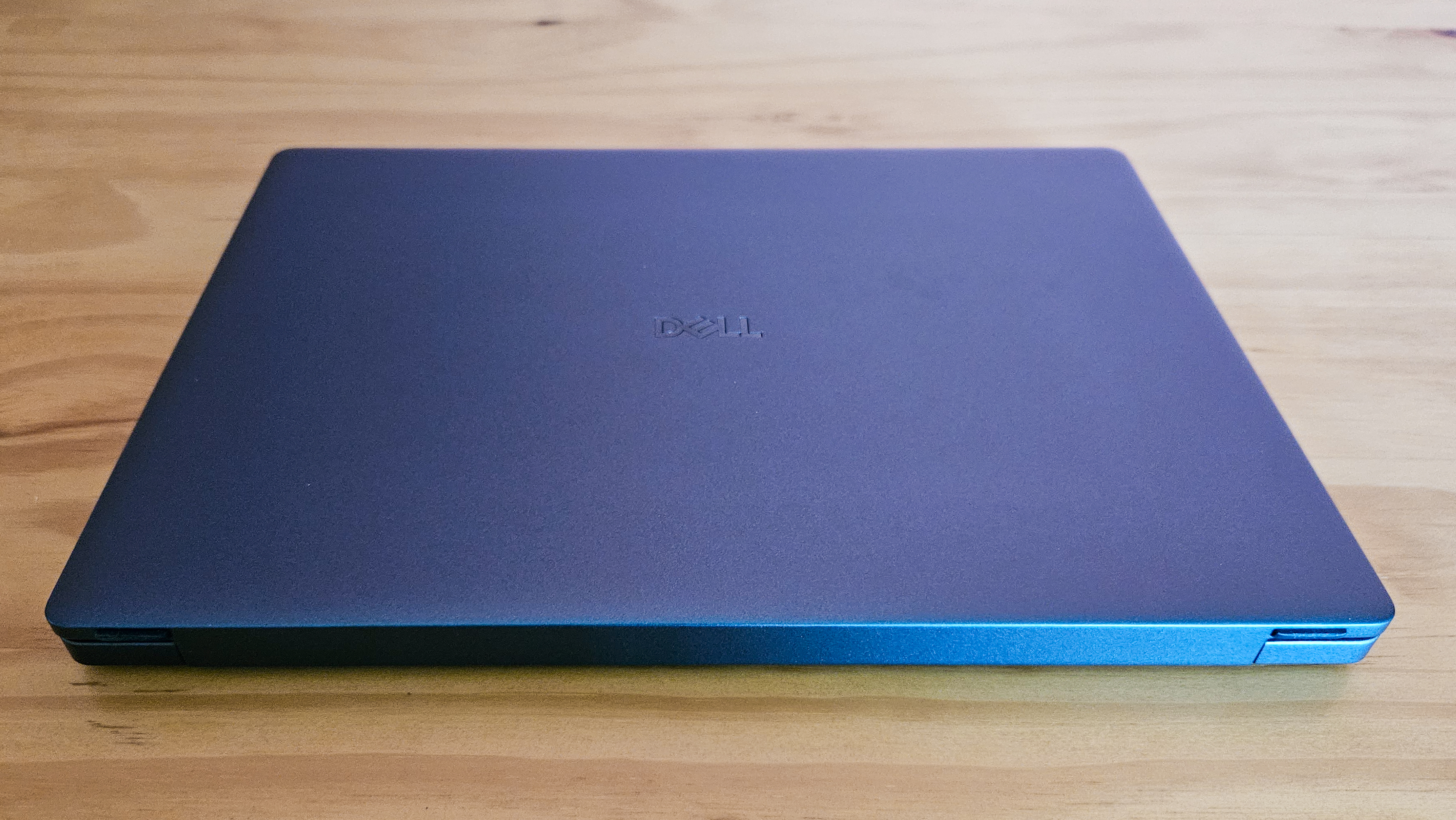
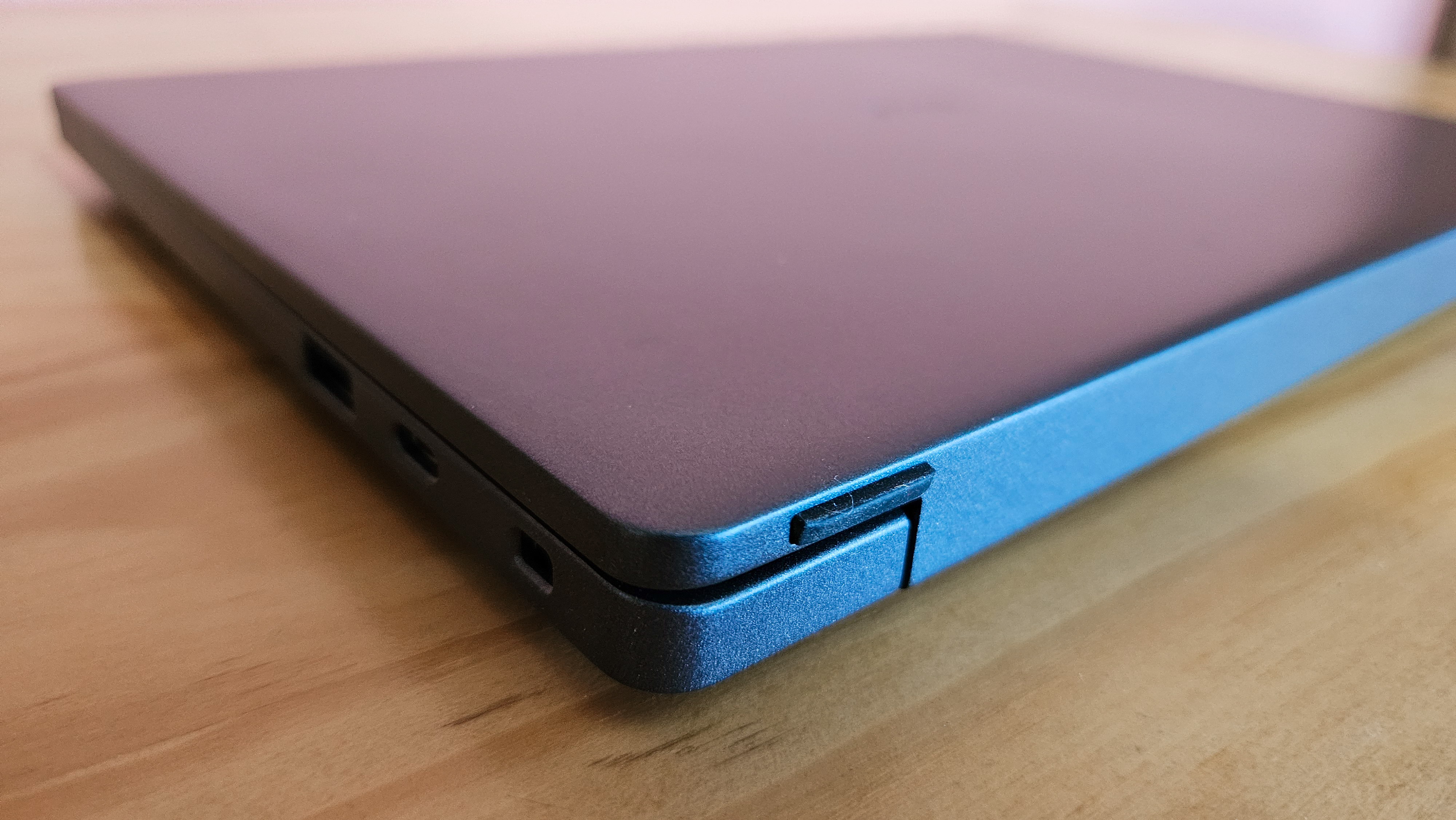
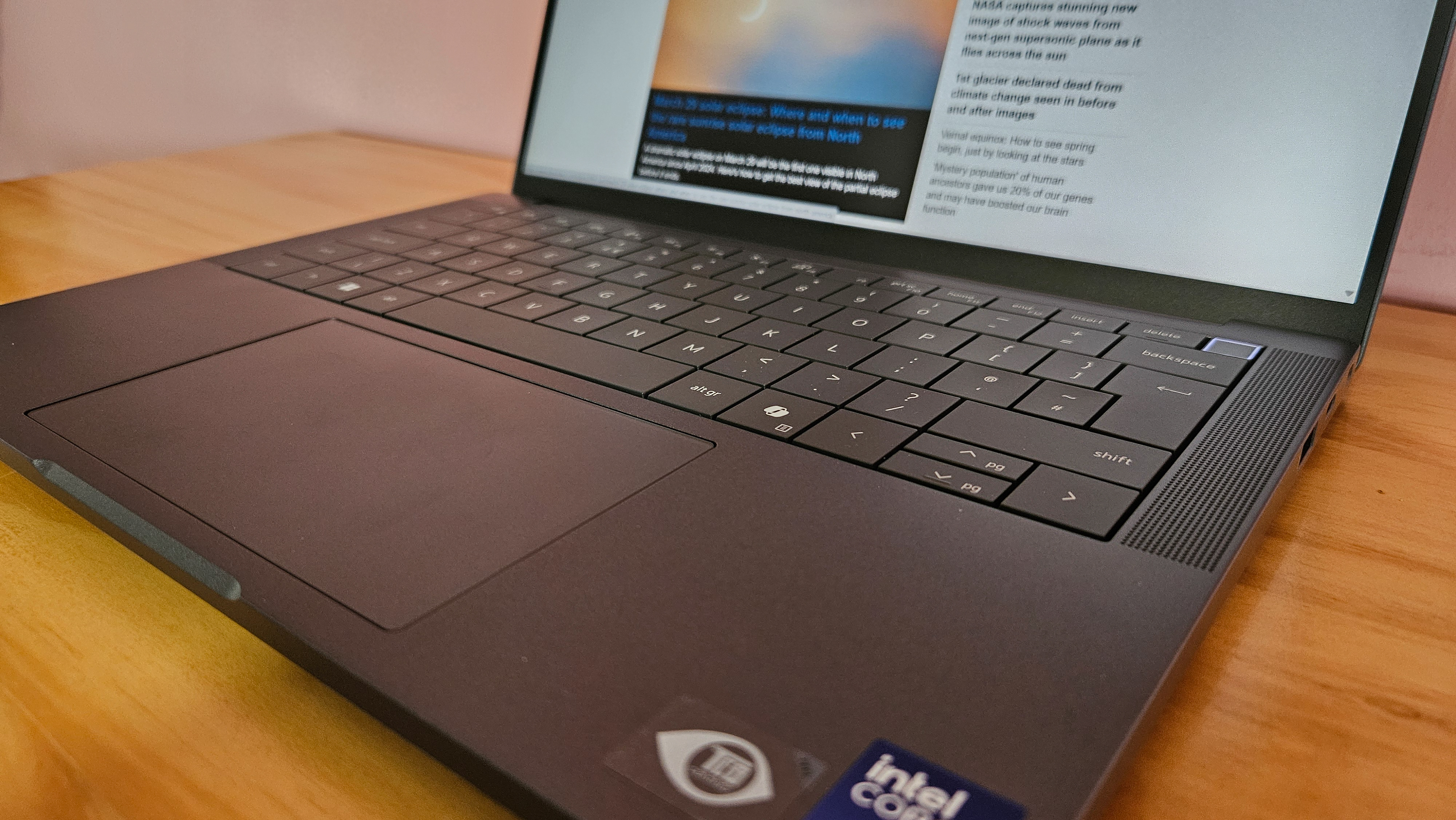
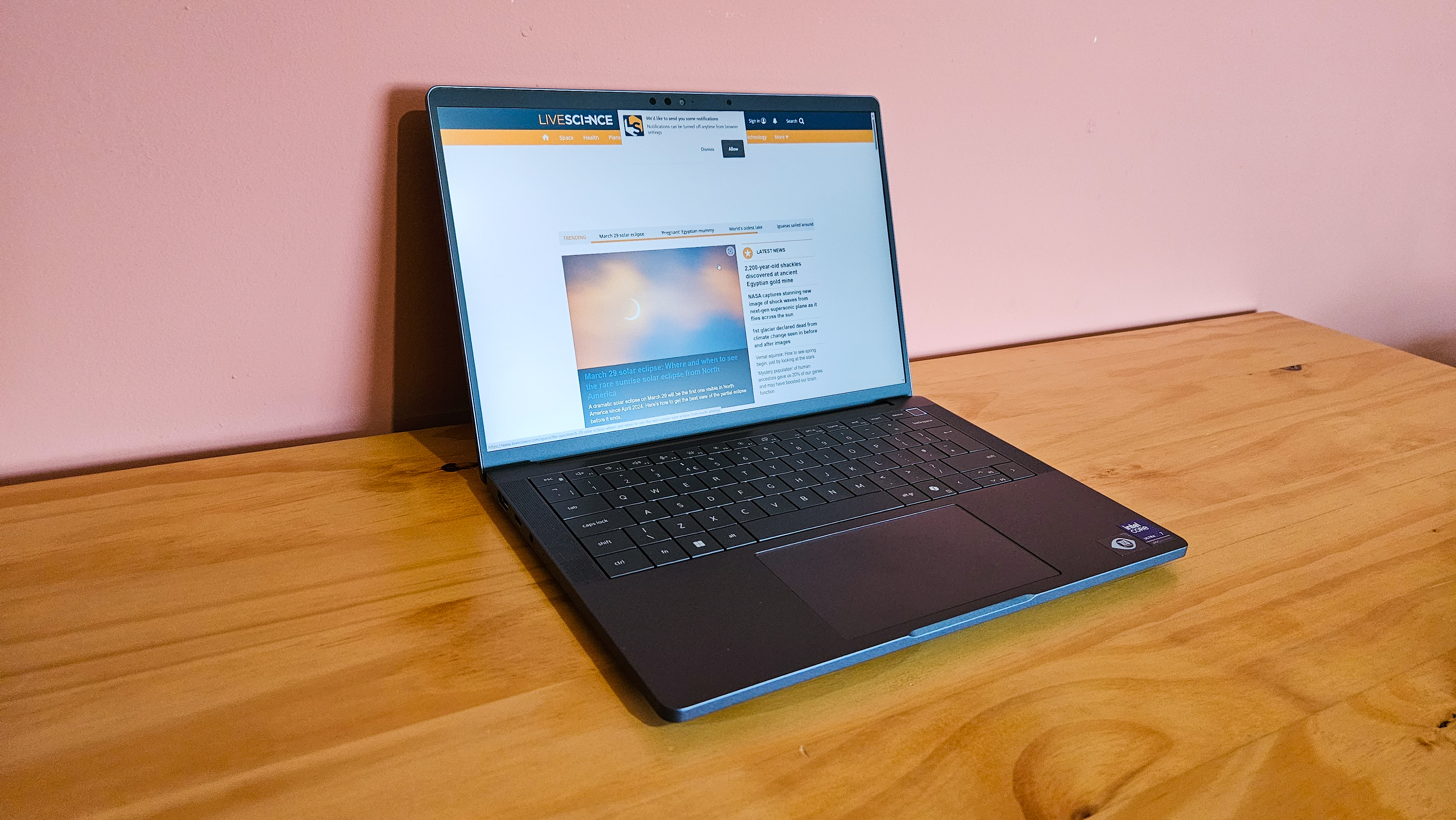
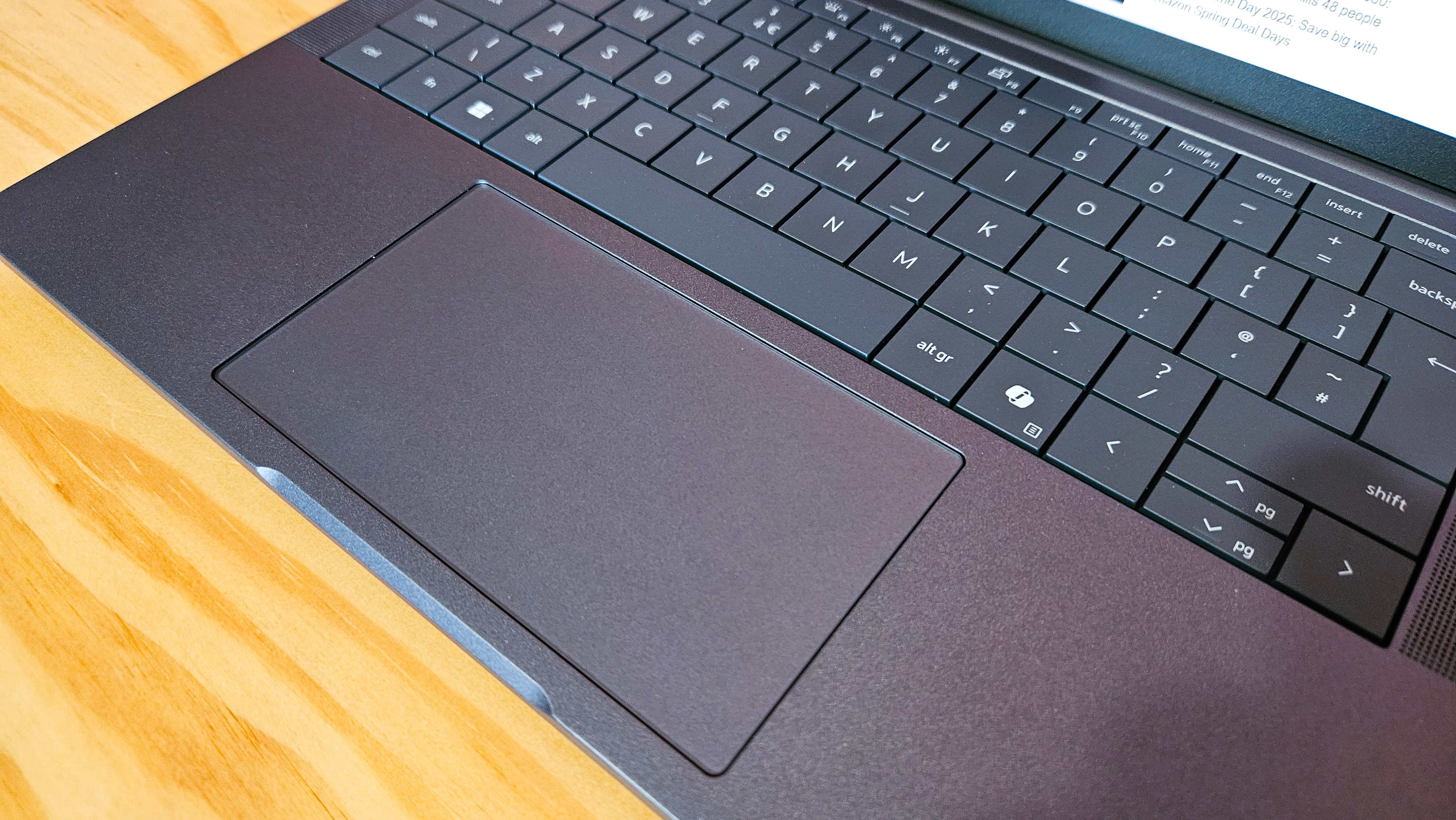
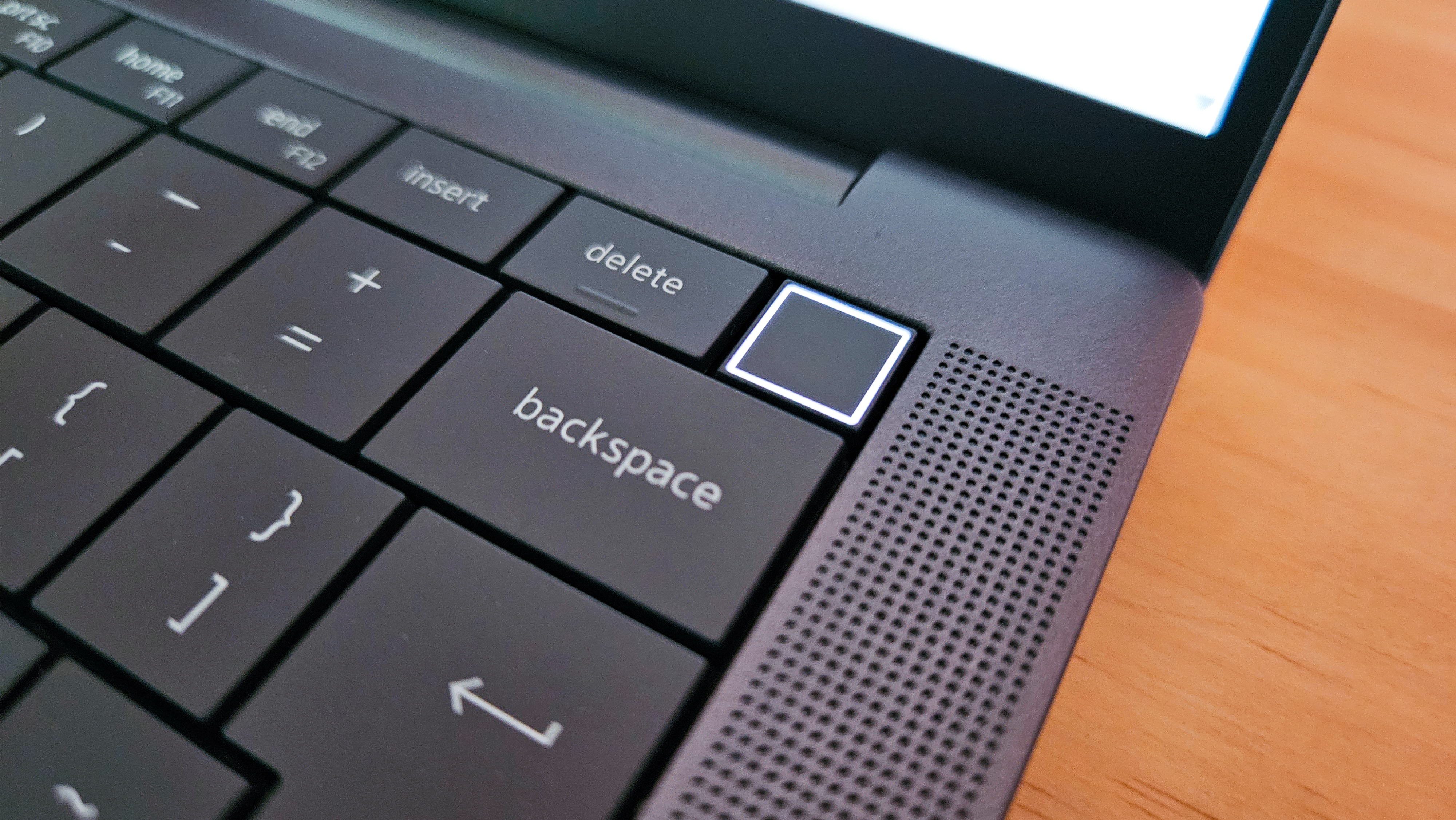
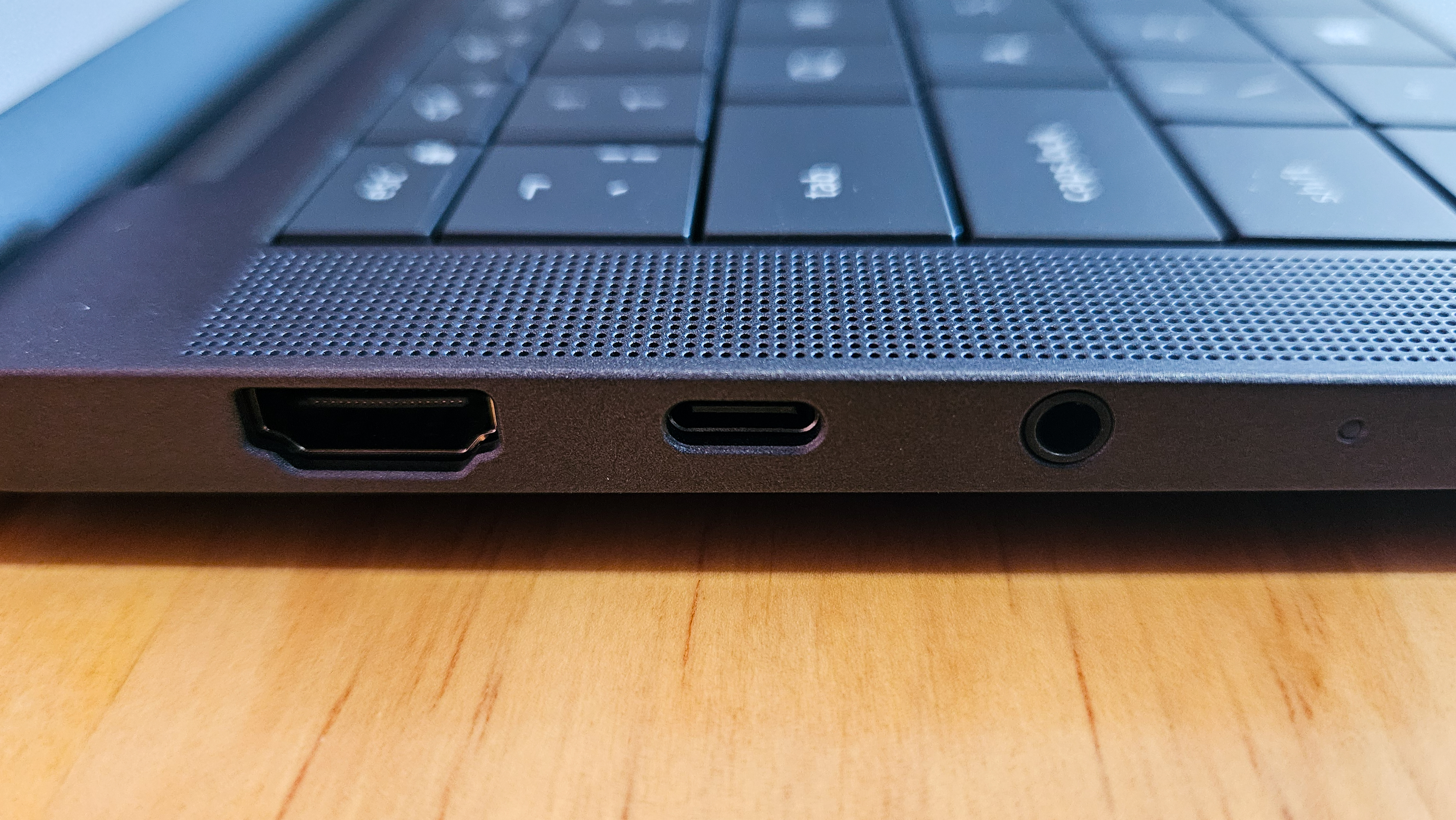
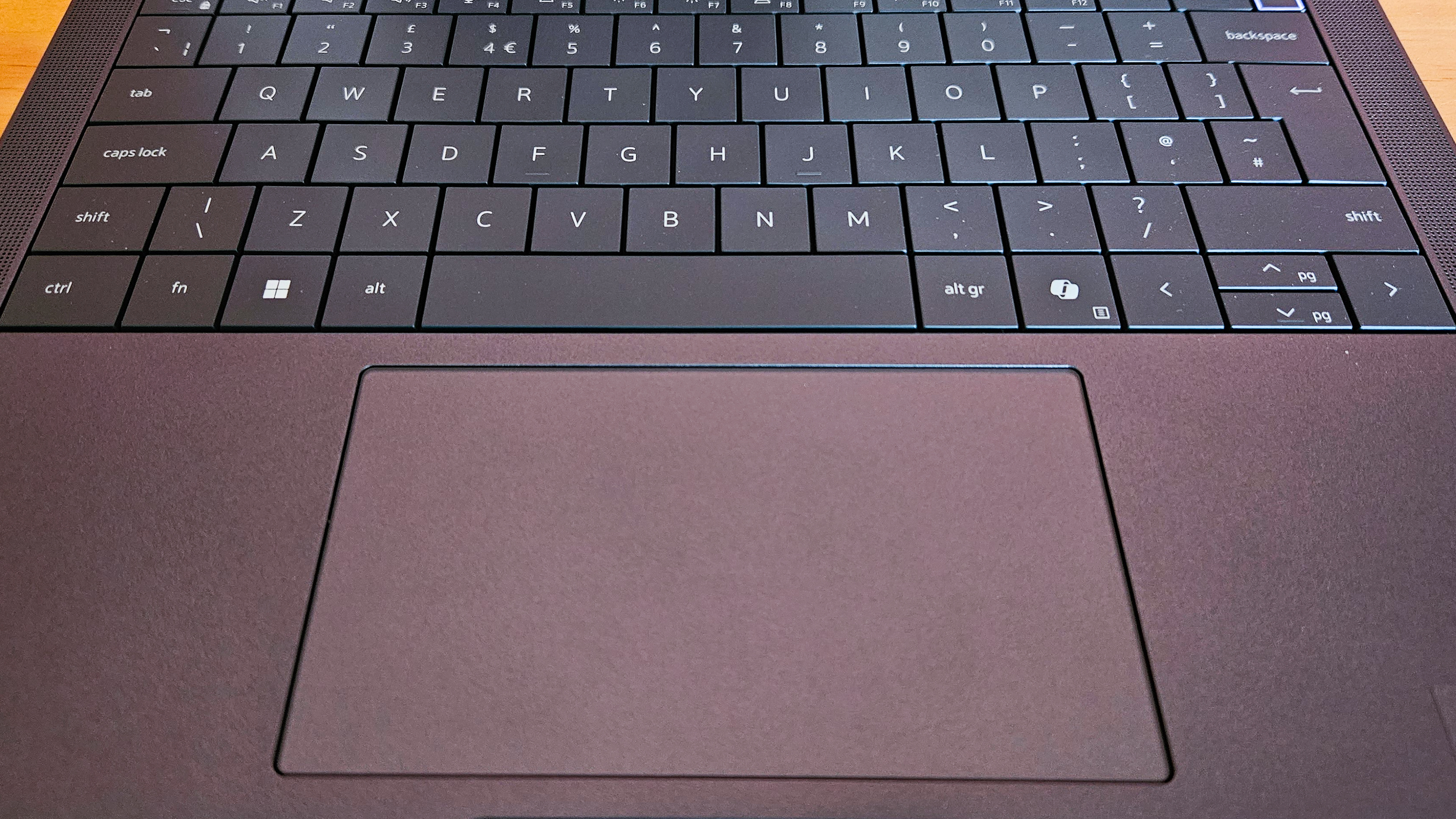
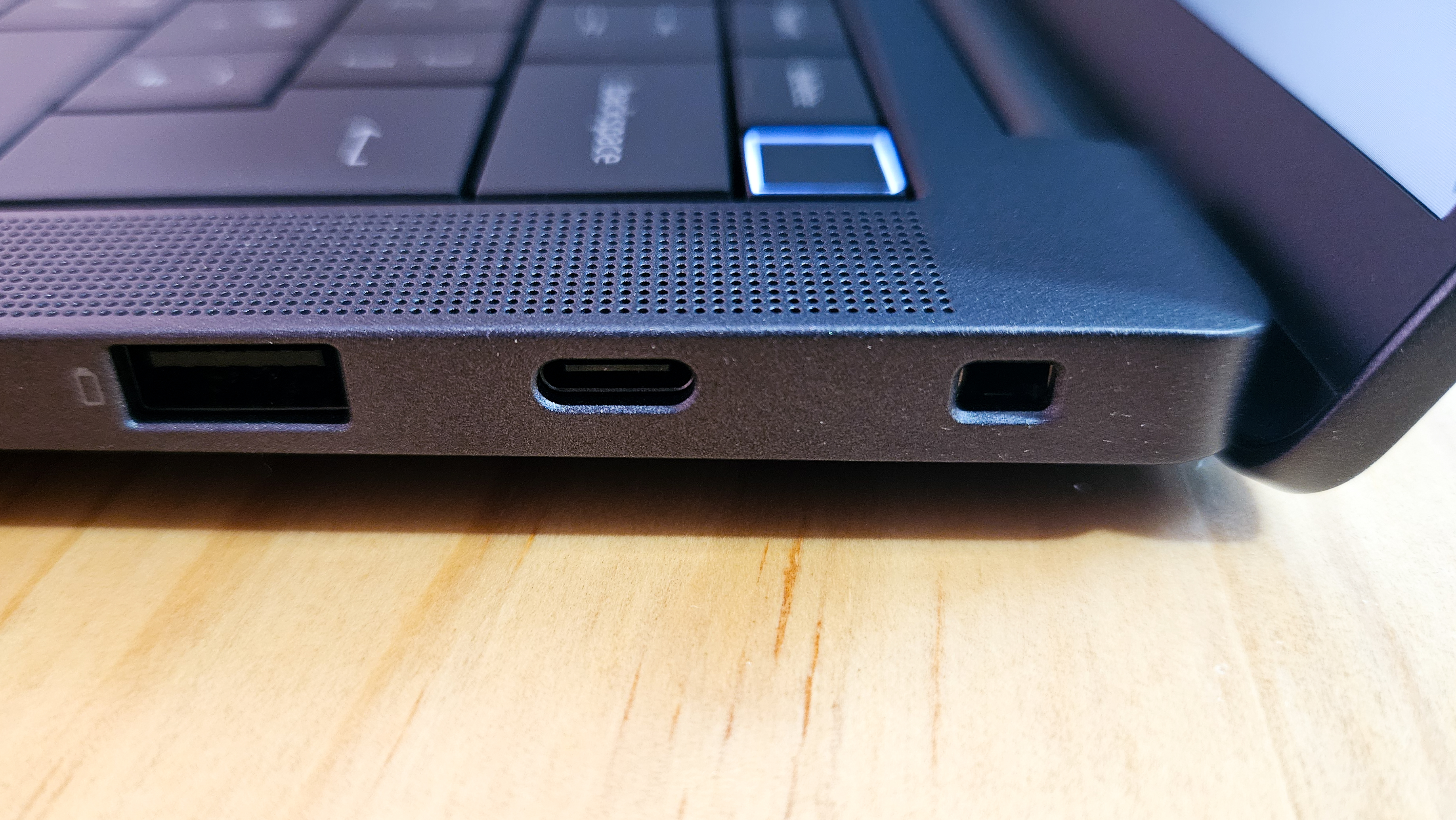
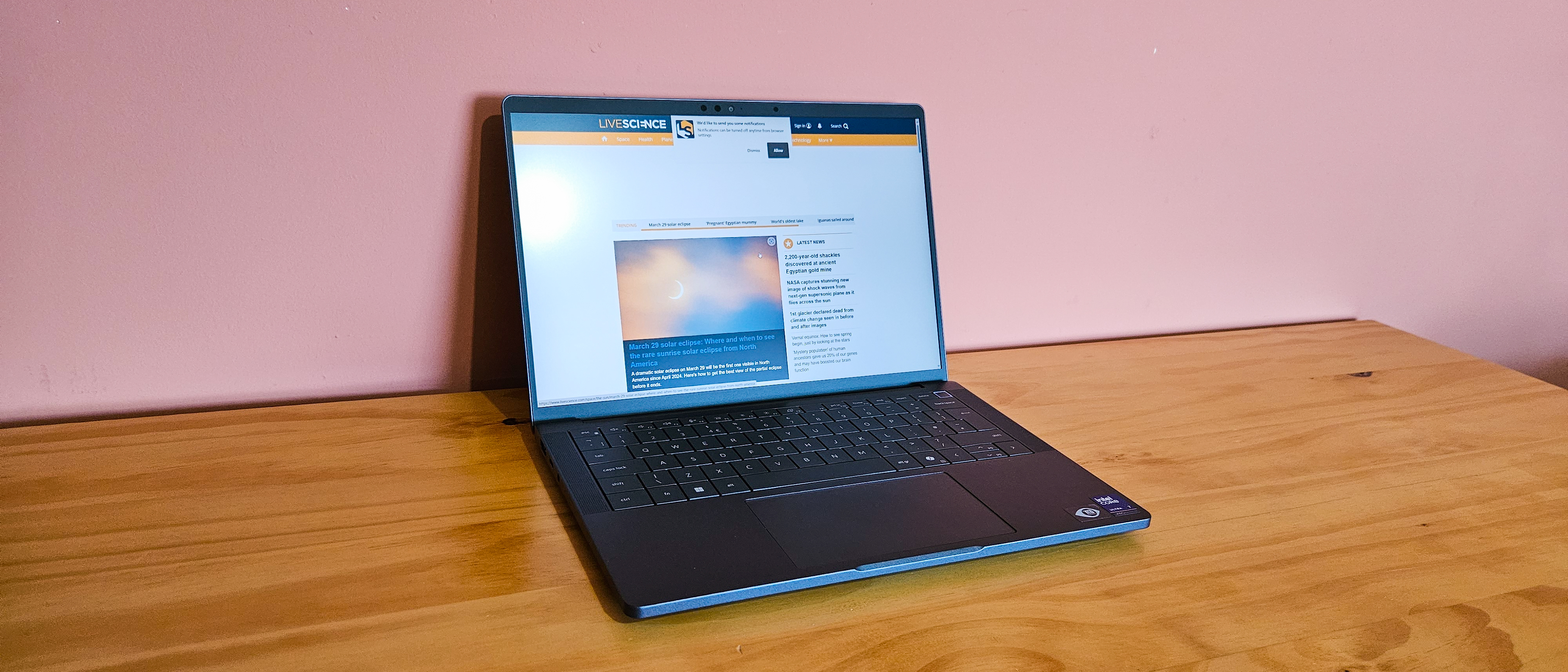
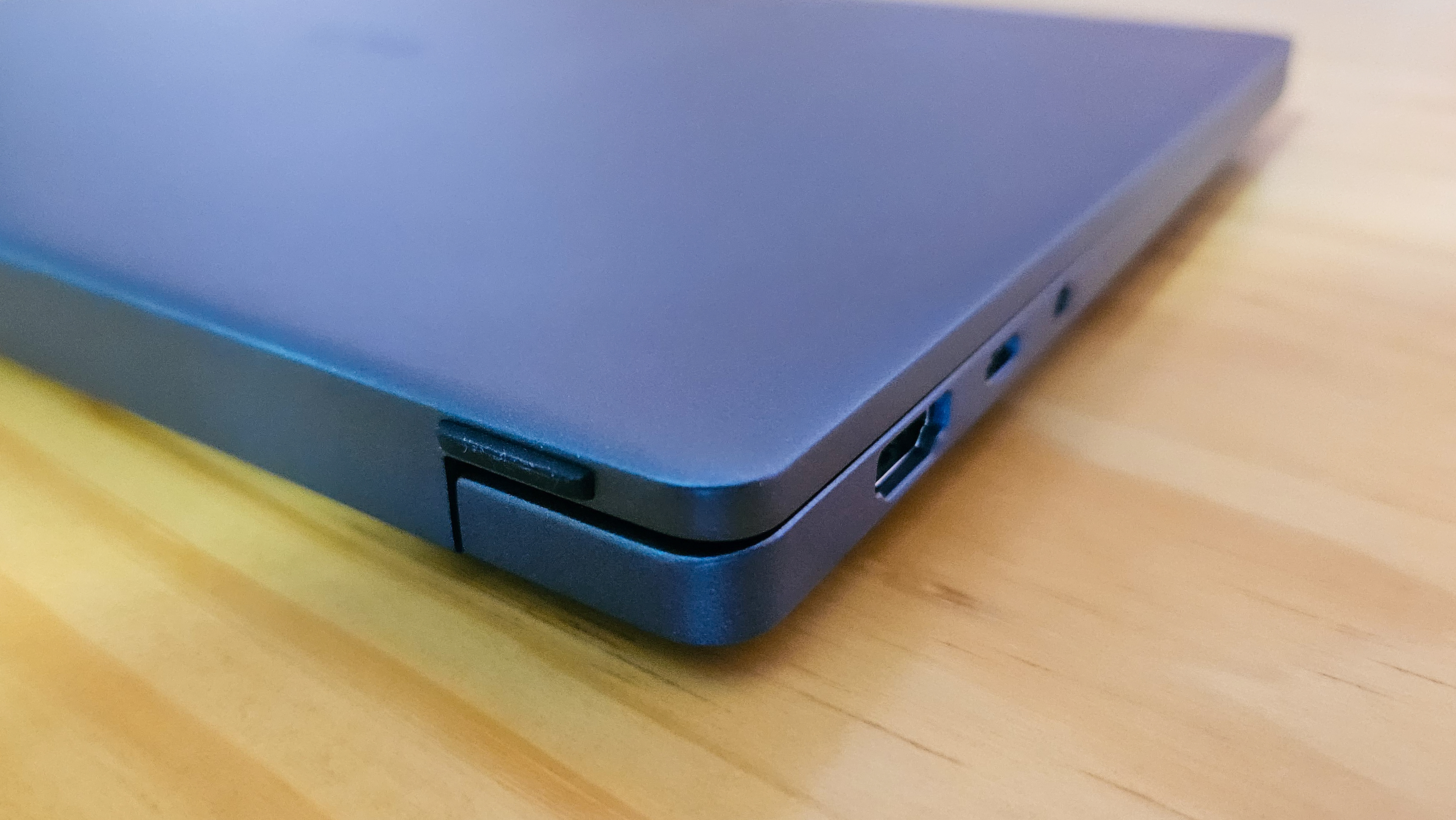
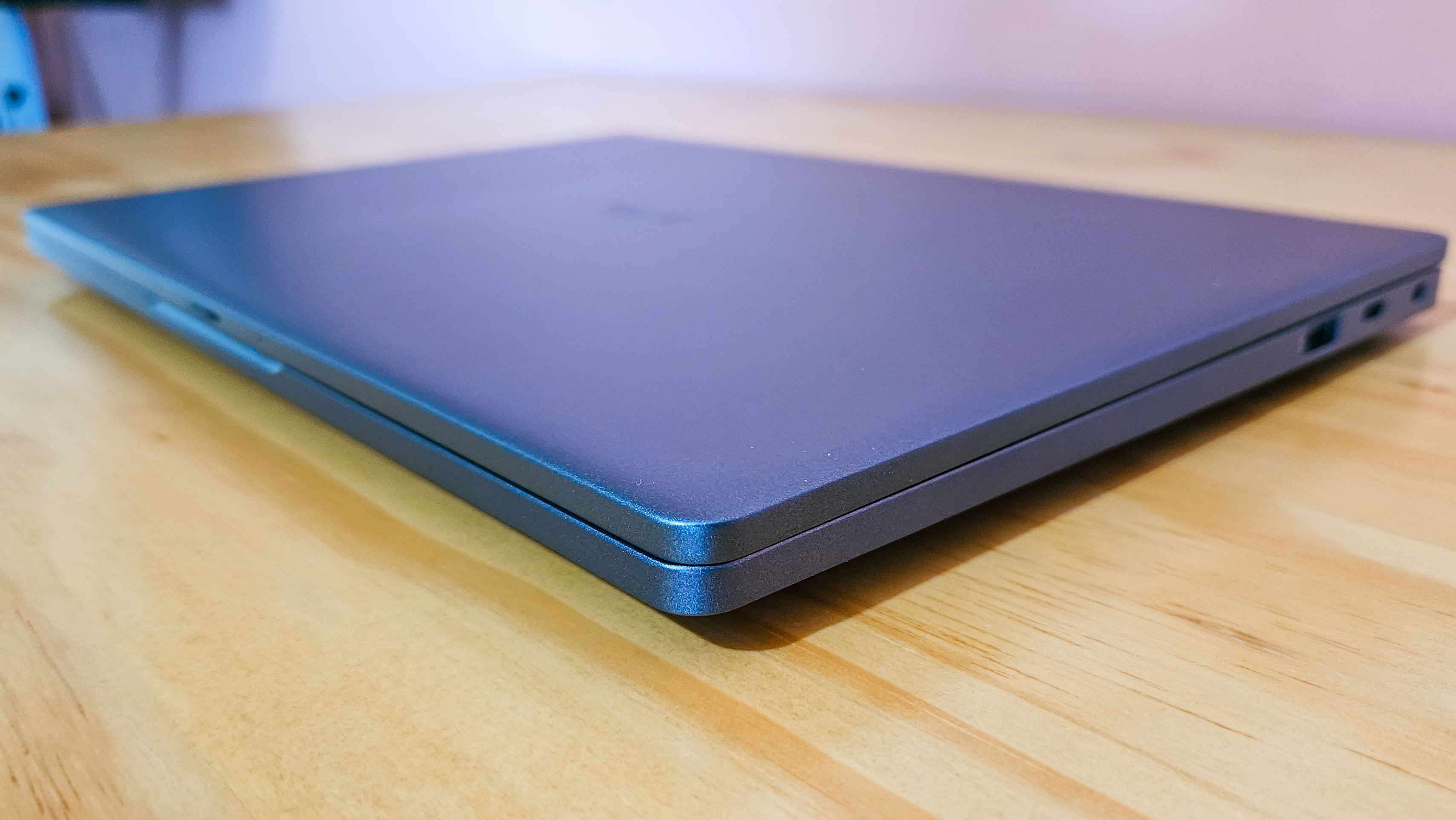
The Dell Pro 13 Premium speaks two design languages at once — the first is one of elegance and robustness while the other is one of bland, unremarkable professionalism.
There's not much joy to be found in the dark gray that its 90% recycled magnesium chassis is draped in. But on the flipside, some elements strongly resemble a MacBook, including rounded-off corners and a dint on the front that you can use to get enough purchase to open its lid when closed. Coupled with the aesthetically pleasing gapless keyboard, it makes for a smart overall look, and feels excellent to handle.
We also liked the way that tilting the screen back raises the incline of the keyboard, which elevates the experience when typing. But the thick borders around its IPS display (mostly above the screen to fit in the webcam) are a little more clunky, and again betray the corporate nature of this machine.
Where the Dell Pro 13 Premium excels, however, is in its dimensions (if you ignore its thickness) and extremely low weight. Measuring 11.64 x 8.23 inches (179.5 x 171.9 mm), the Dell Pro 13 Premium is small enough to fit into your bag easily if you're hoping to work on the move. It's also exceptionally light, weighing just 2.36 lbs (1.07 kg) — making it one of the lightest machines you can buy today.
Dell Pro 13 Premium: Display












The standard matte FHD+ IPS non-touch display fitted into our review model was unimpressive on the whole. With a pixel resolution of 1,920 x 1,200, it isn't as sharp as you would expect given how much this machine costs — with a pixel-per-inch ratio of just 170 (usually we'd be looking for 200-plus) — and its refresh rate is limited to 60 Hz.
Get the world’s most fascinating discoveries delivered straight to your inbox.
Note that a glass-coated QHD+ touchscreen variant is available, which Dell claims is brighter and sharper, so we would probably recommend considering that over this version if you need a high-quality panel, although we haven't been able to test it and this is good enough for most day-to-day purposes.
Testing with a display calibrator rendered a brightness result of 369 nits — just shy of the 400 nits Dell claims this screen can hit. This is not a bad result (it's above average compared with other machines), but the colors appear washed out and the white balance is too warm, so will need some recalibrating.
That said, the color accuracy is perfectly reasonable, with the Dell Pro 13 Premium scoring 99.9% coverage of the sRGB color spectrum. Its black level of 0.3 nits and 1,202:1 contrast ratio aren’t bad for non-OLED displays, but there's nothing remarkable about those stats either, and this screen is let down by its skewed white balance and a distinct lack of sharpness.
Dell Pro 13 Premium: Keyboard and touchpad












The gapless keyboard is similar to that used in recent Dell XPS machines — except for the return of the row of physical function keys, which is incredibly welcome. Its gapless keys are spaced out enough to feel comfortable when typing, but there is a lack of punch in the haptic feedback you get with each keystroke. This isn't made any better by the short travel distance. While it's perfectly comfortable to type with over lengthy periods, we prefer keyboards with more room to push each key while touch-typing.
The touchpad is sized proportionately for the machine overall, but it can be fiddly to use at times, thanks to a frictionless surface that means it's difficult to precisely control your cursor — your fingers tend to glide across its surface a little too easily. Clicking feels a bit hollow, and while we experienced no sensitivity problems, the haptic feedback seemed a little underwhelming.
Dell Pro 13 Premium: Performance and battery












Our review unit featured the same Intel Core Ultra 7 256V CPU and Intel Arc Graphics GPU fitted into the HP OmniBook Ultra Flip 14, and paired these with 32 GB RAM and a 1 TB SSD. These are high-end specs, and the new Intel Core Ultra (Series 2) chips are said to be far more efficient than their predecessors.
We confirmed this in our testing. Overall, the Dell Pro 13 Premium scored well in our benchmarking, with a very high single-threaded score of 2,828 and decent multi-threaded score of 11,196. This was higher than the HP, which scored 2,701 and 10,793 when we tested it, which can be accounted for in part by its only having half the amount of RAM.
It's worth noting, however, that Qualcomm's Snapdragon X Elite chips underperform on single-threaded tasks but vastly outperform the Intel chip in multitasking, scoring between 13,000 to 15,000 depending on how the machine is optimized.
Where we were very impressed was with a score of 29,925 in the OpenCL test for the graphics chip — which approaches what you'd typically expect in a mid-range GPU from the likes of Nvidia or AMD. This result means we'd recommend this machine for visual-based work on the move if it wasn't for the quality of the display.
The efficiency of this new Intel CPU really shone through, however, in our battery test, with the Dell Pro 13 Premium lasting a staggering 24 hours and 26 minutes. With the previous generation of Intel chips, you would be lucky if your machine could last more than 15 hours — with many Snapdragon-powered devices able to eclipse that figure easily, and some lasting as long as 28 hours, including the Dell XPS 13 9345. But it shows the new Intel chip has finally caught up in terms of power efficiency.
Dell Pro 13 Premium: Ports and features












The Dell Pro 13 Premium is a little thicker than most devices, with a height of 0.7 inches (16.6 mm), but you can forgive that once you look at the number of ports available. This machine comes with an HDMI port, a USB-A port and a USB-C port on either side of the chassis. This is in addition to a 3.5mm headphone jack and a wedge-shaped lock slot for a little added peace of mind.
The machine also features strong connectivity options like the latest Wi-Fi 7 and Bluetooth 5.4 standards, as well as including an optional nanoSIM slot in some models. The webcam is 8 MP and offers sharp images in good lighting, but you can also take advantage of the AI-powered Studio Effects to optimize your picture, as you can in all AI PCs.
Dell Pro 13 Premium: Should I buy it?
It's hard to recommend the Dell Pro 13 Premium given its price and the fact that more elegant and stronger machines exist. But what the Dell Pro 13 Premium excels at is offering excellent performance overall in a package that's extremely light and efficient, guaranteeing you a long-lasting battery that takes longer to run down than most other machines.
If the quality of the screen doesn't matter too much — or you can afford to upgrade to the QHD+ variant — you should certainly consider it, especially if portability and working on the go are your main priorities in a laptop for coding and programming.
If the Dell Pro 13 Premium isn’t for you
There are plenty of 2024 machines that might fit the bill, but the machine we'd recommend above all others in this price range is a MacBook Pro — whether you opt for a new M4-powered machine or an older (but still powerful) M3 version.
You may also be interested in the Microsoft Surface Laptop 7. Although it's nearly a year old, this Snapdragon-powered device outperforms the Dell (albeit not in terms of graphics performance) and includes a stunning IPS display. Its battery is also more than enough at 17 hours and 31 minutes.

Keumars is the technology editor at Live Science. He has written for a variety of publications including ITPro, The Week Digital, ComputerActive, The Independent, The Observer, Metro and TechRadar Pro. He has worked as a technology journalist for more than five years, having previously held the role of features editor with ITPro. He is an NCTJ-qualified journalist and has a degree in biomedical sciences from Queen Mary, University of London. He's also registered as a foundational chartered manager with the Chartered Management Institute (CMI), having qualified as a Level 3 Team leader with distinction in 2023.
You must confirm your public display name before commenting
Please logout and then login again, you will then be prompted to enter your display name.
